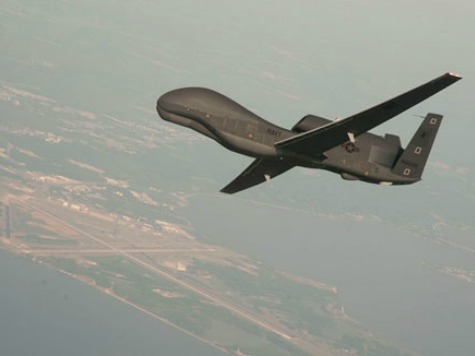
In March, an American Airlines flight crew reported a near collision over Florida with an unmanned aircraft, raising new fears of the dangers of drones.
The pilots reported that the unmanned vehicle looked like a miniature military jet airplane like the sort flown by model airplane enthusiasts. The crew reported almost colliding with it at 2,300 feet above the ground near Florida’s Tallahassee Regional Airport.
The airspace that the Federal Aviation Administration (FAA) allows for drone use–and for model airplanes, too–is called “Class G” airspace. That is from the ground up to 1,200 feet in the air. If this machine was flying higher than the G zone then it was breaking the FAA’s rules.
Commercial airlines operate in the Class A zone, 18,000 to 60,000 feet in the air, not including takeoffs and landings, and it was during their approach to Tallahassee that the pilots experienced the close call.
Model airplane enthusiasts are also required to inform airports that they are flying their models within five miles of the airport near that regulated airspace. It seems that this wasn’t done by whoever was operating the model plane.
It is still unknown who was operating the vehicle.
The report of the incident was released on May 8 by Jim Williams, head of the unmanned-aircraft office at the Federal Aviation Administration, at a drone conference in San Francisco.
Williams worried of what even a small unmanned vehicle could do to a jet liner if the two collided. “Imagine a metal-and-plastic object, especially that big lithium battery, going into a high-speed turbine engine,” Williams said. “The results could be catastrophic.”
This incident may rank as the first case of a near collision between a plane and an unmanned vehicle.
Follow Warner Todd Huston on Twitter @warnerthuston or email the author at igcolonel@hotmail.com.

COMMENTS
Please let us know if you're having issues with commenting.